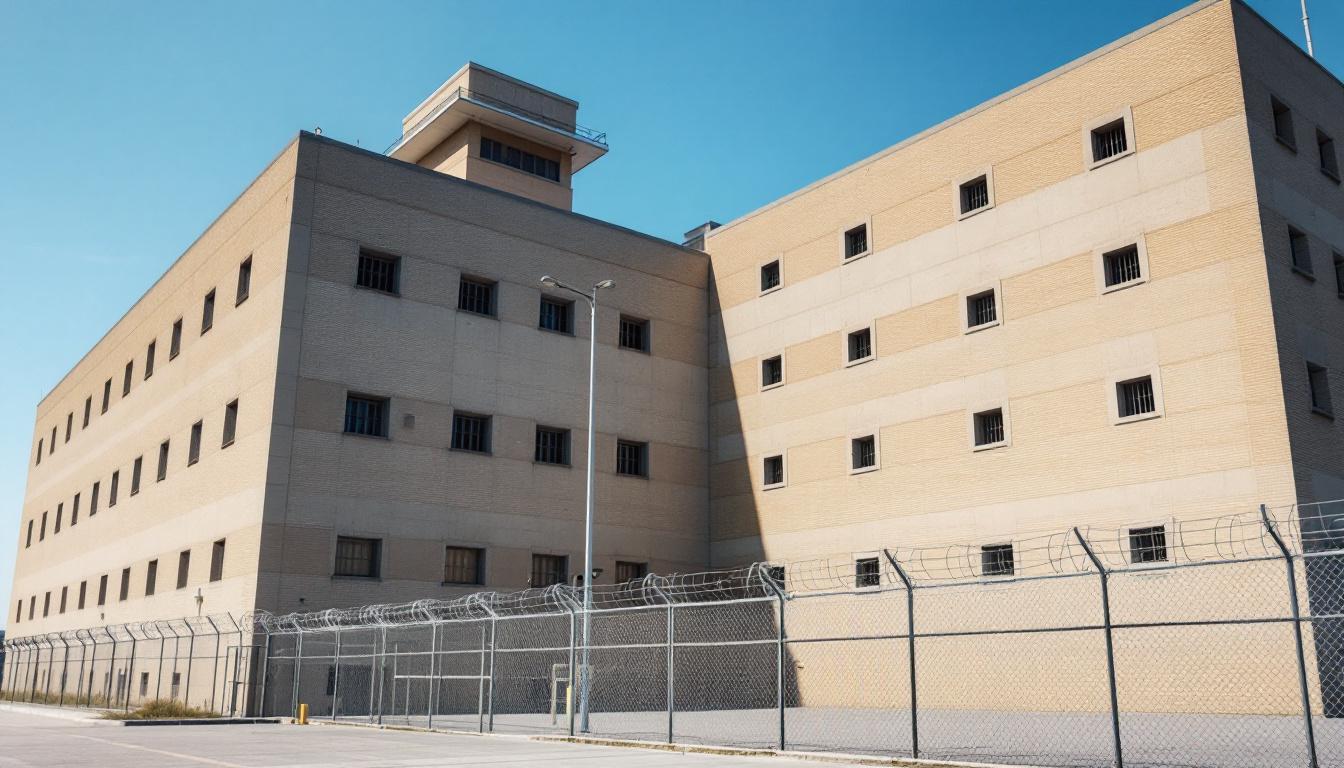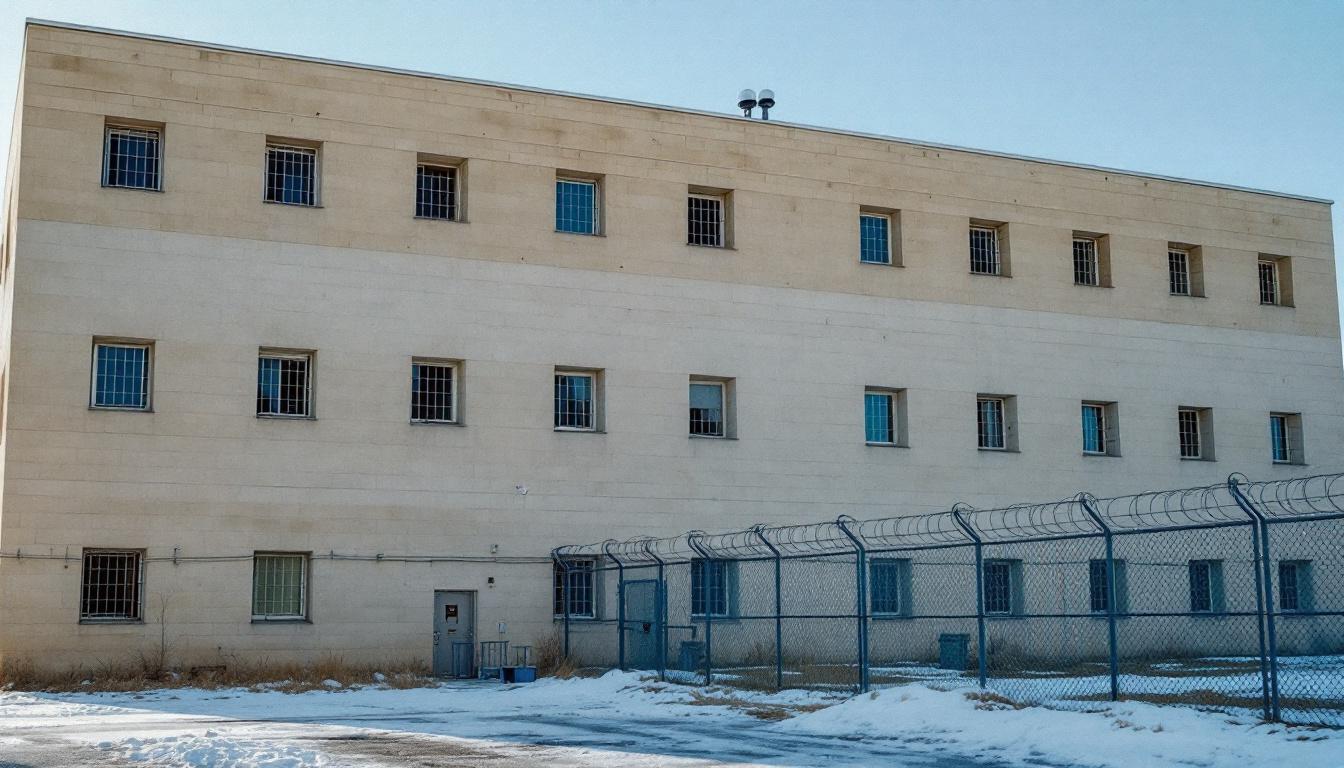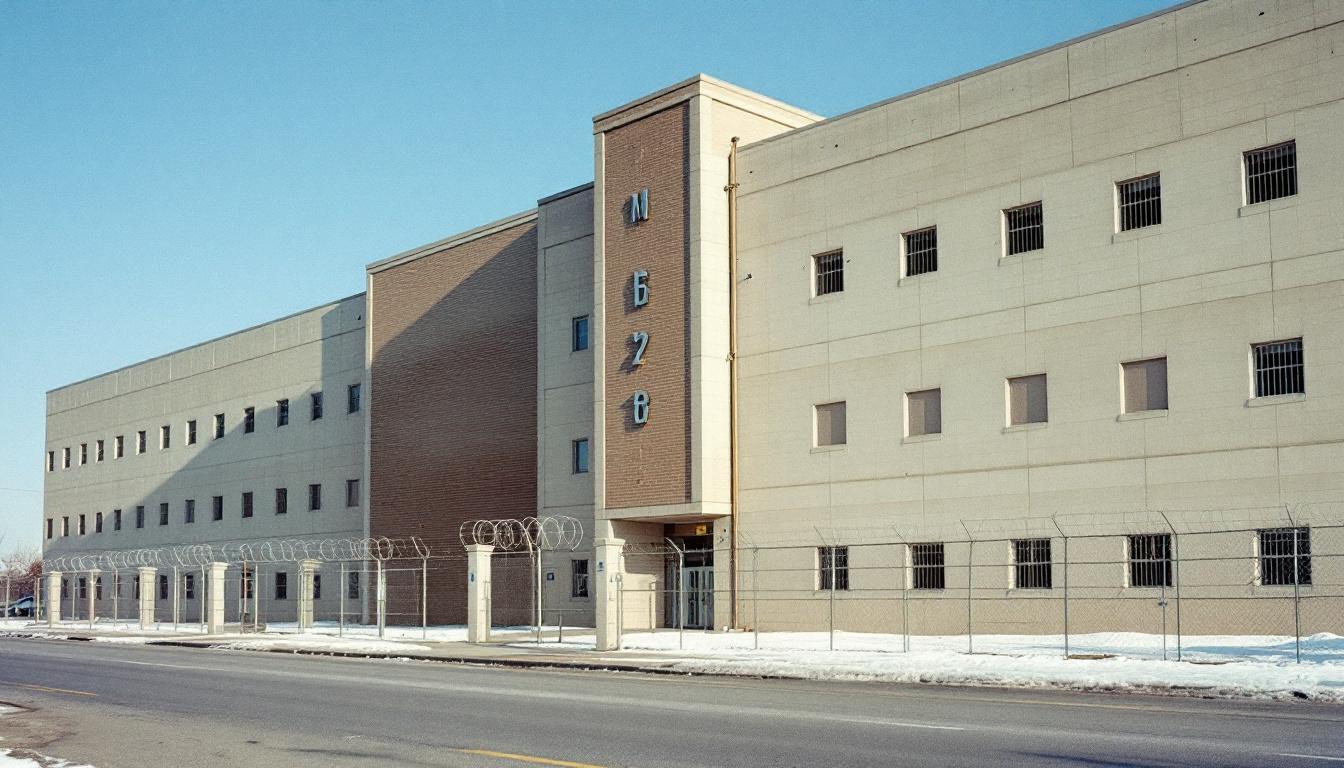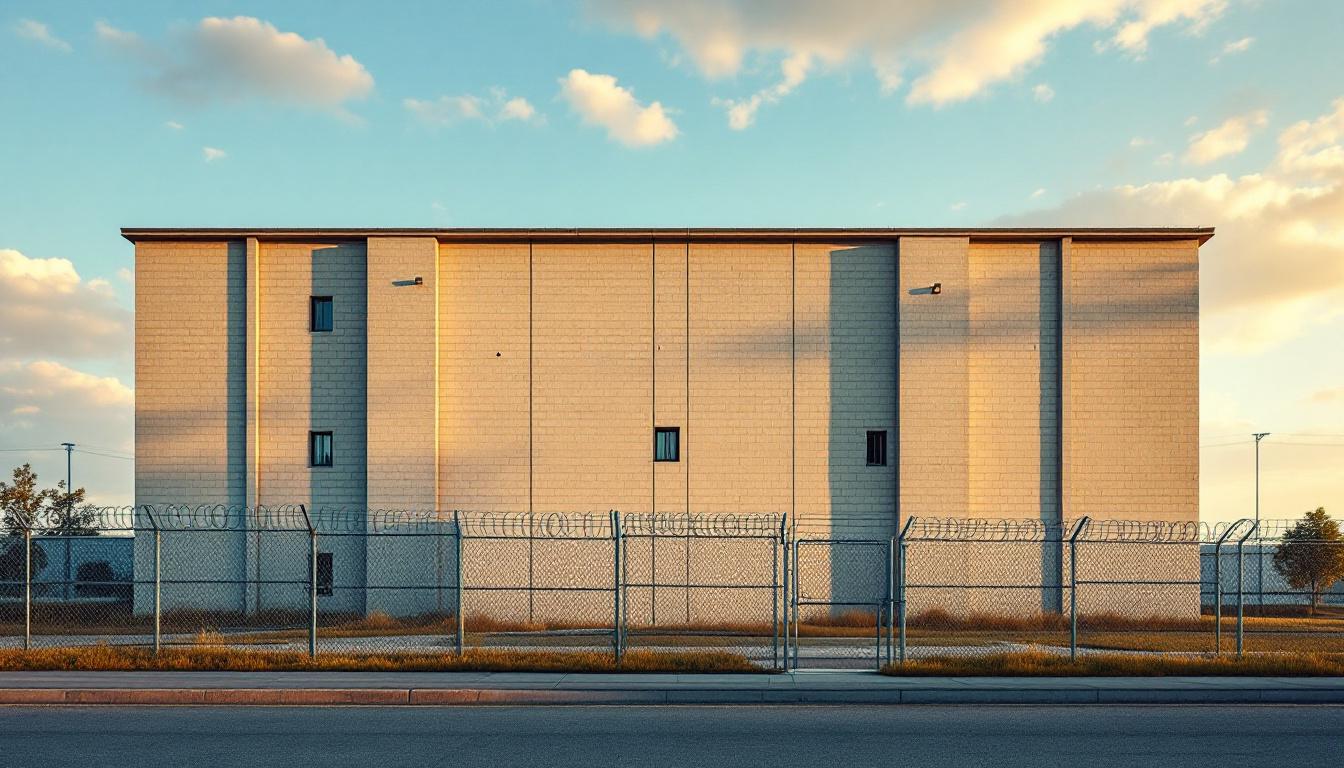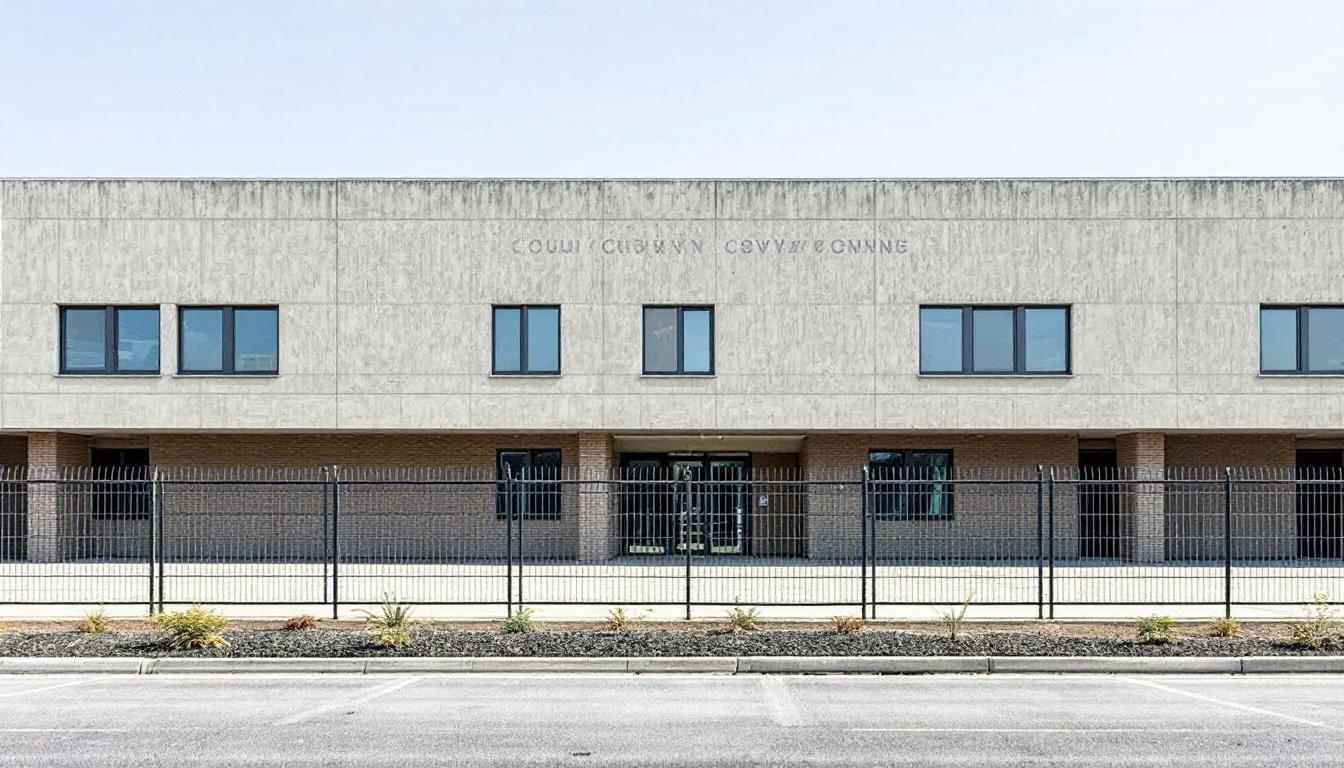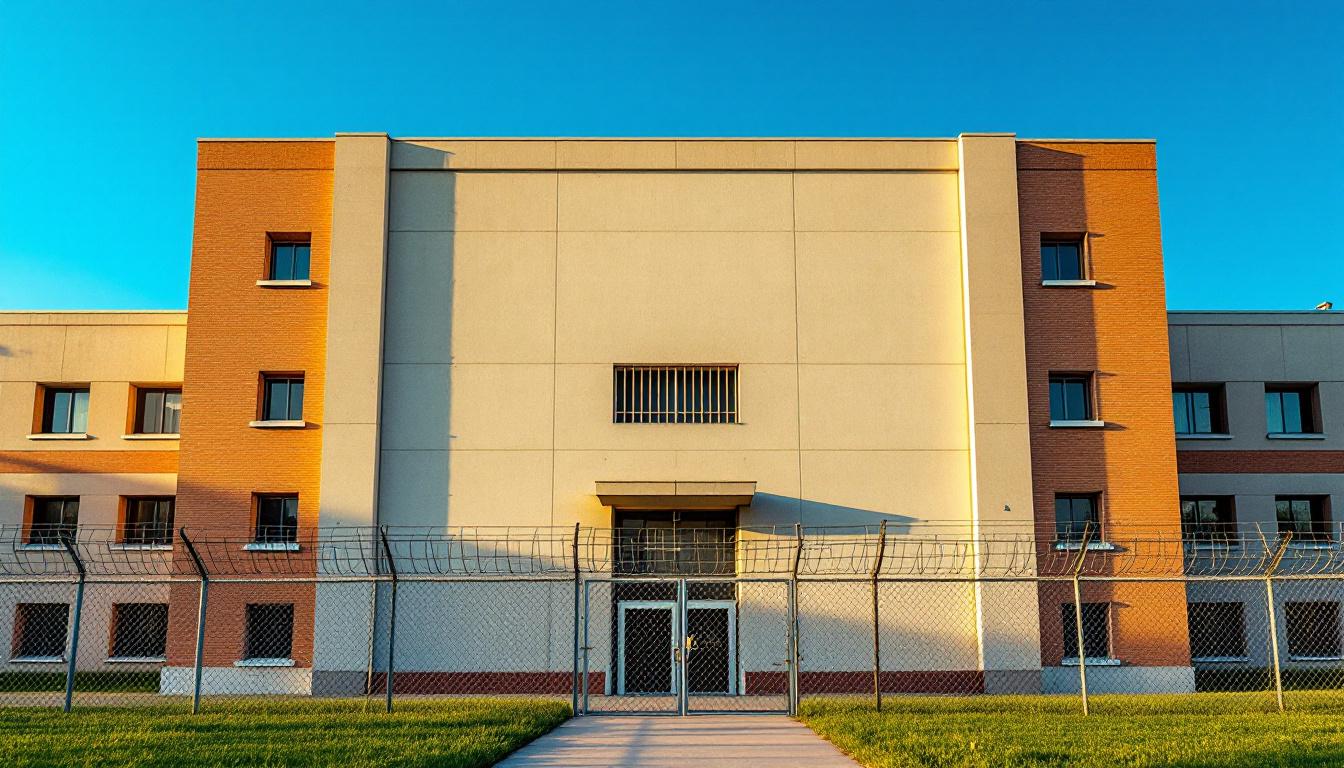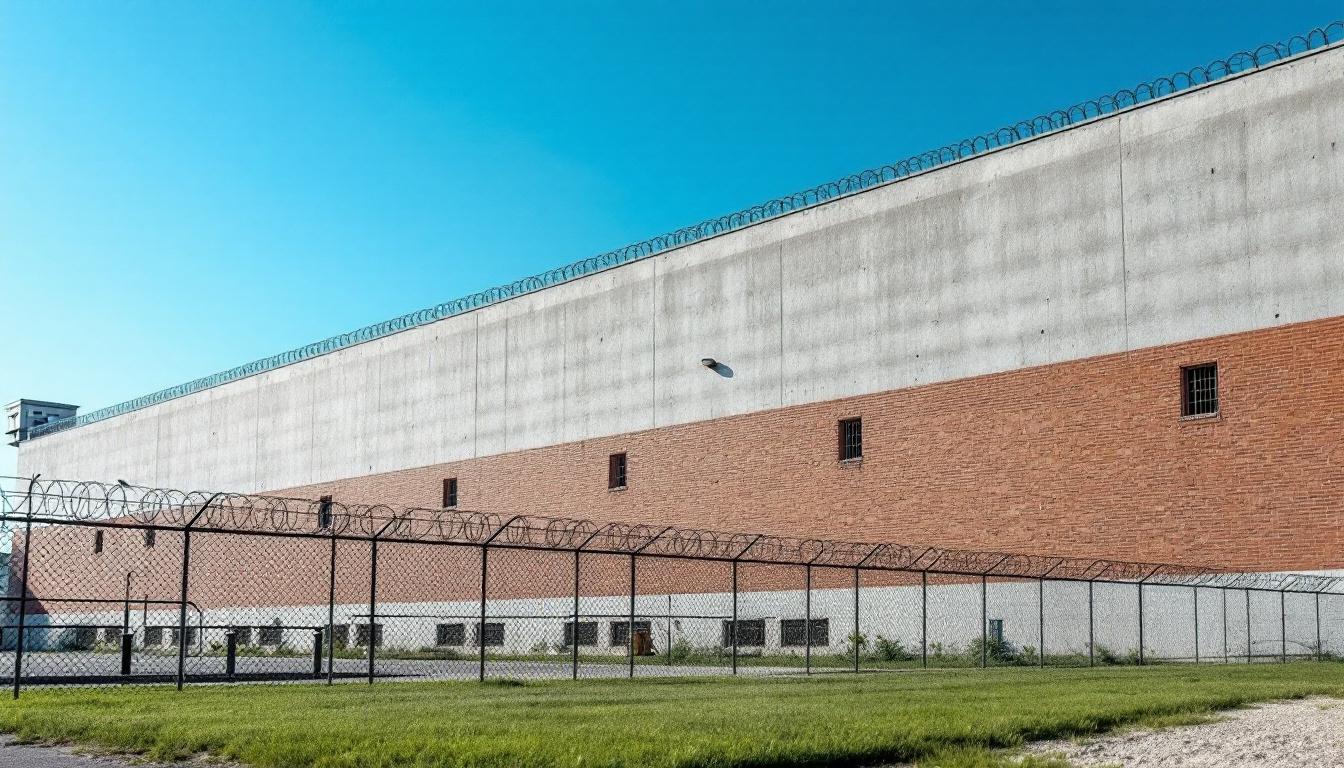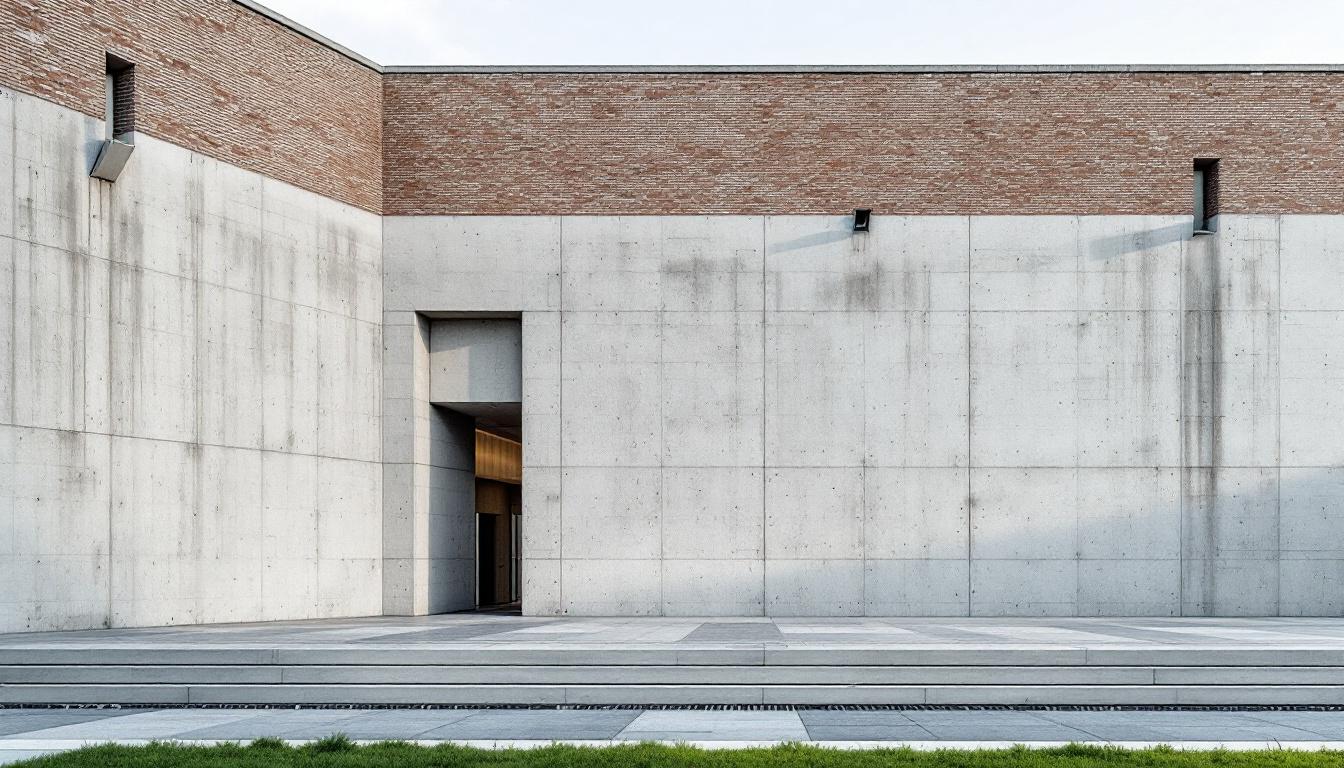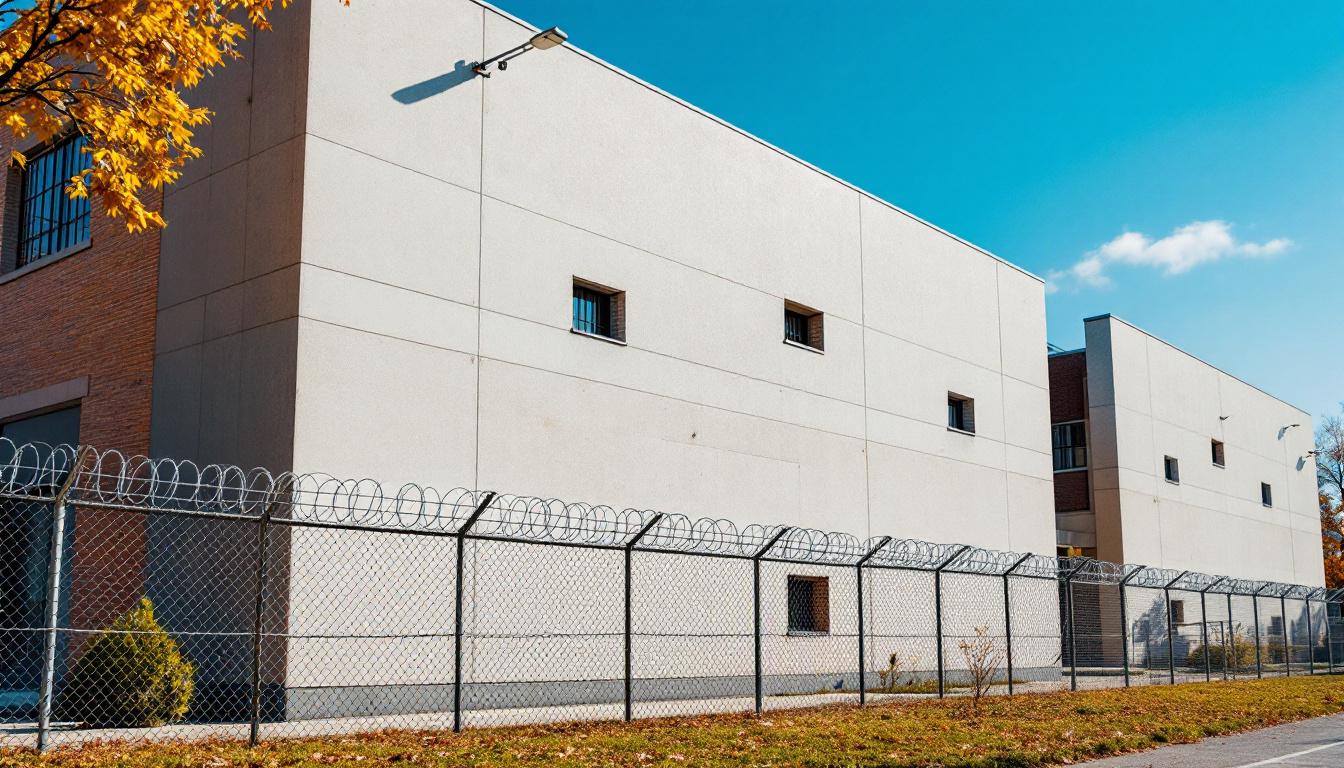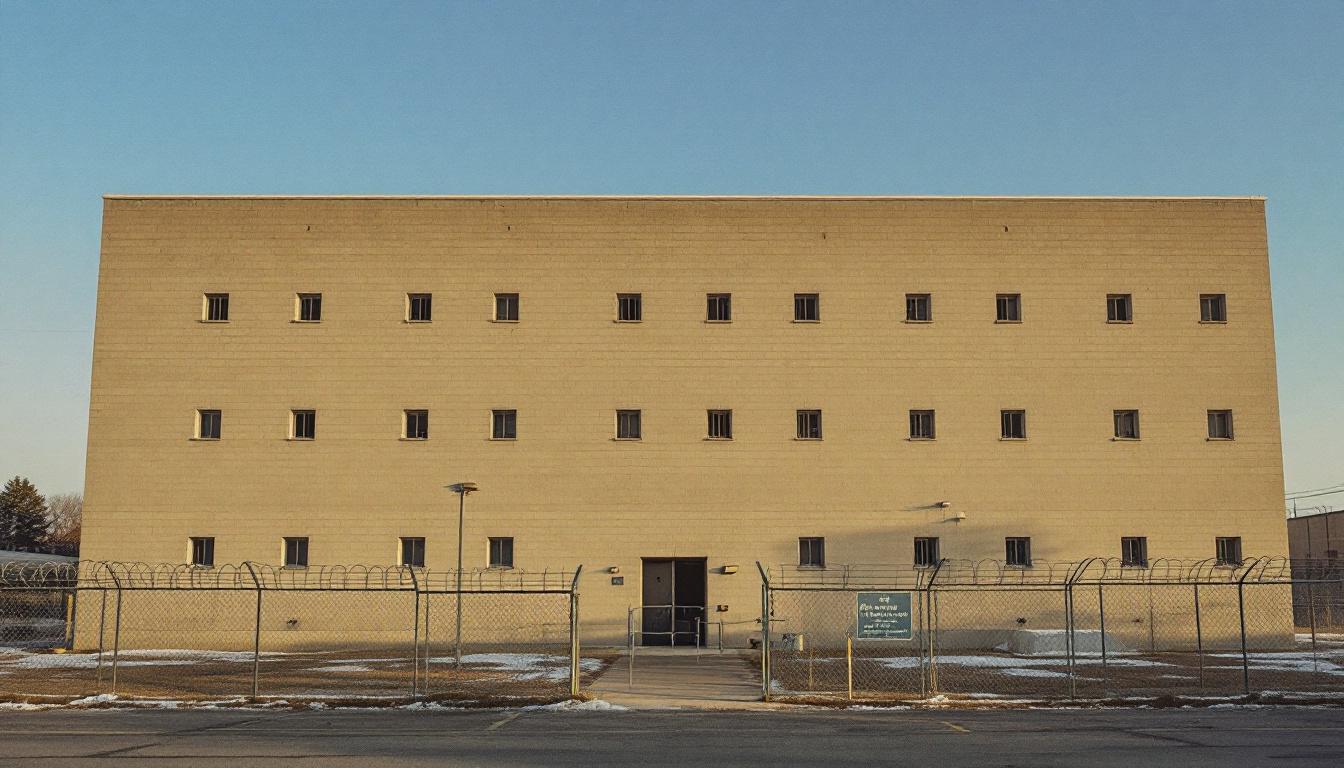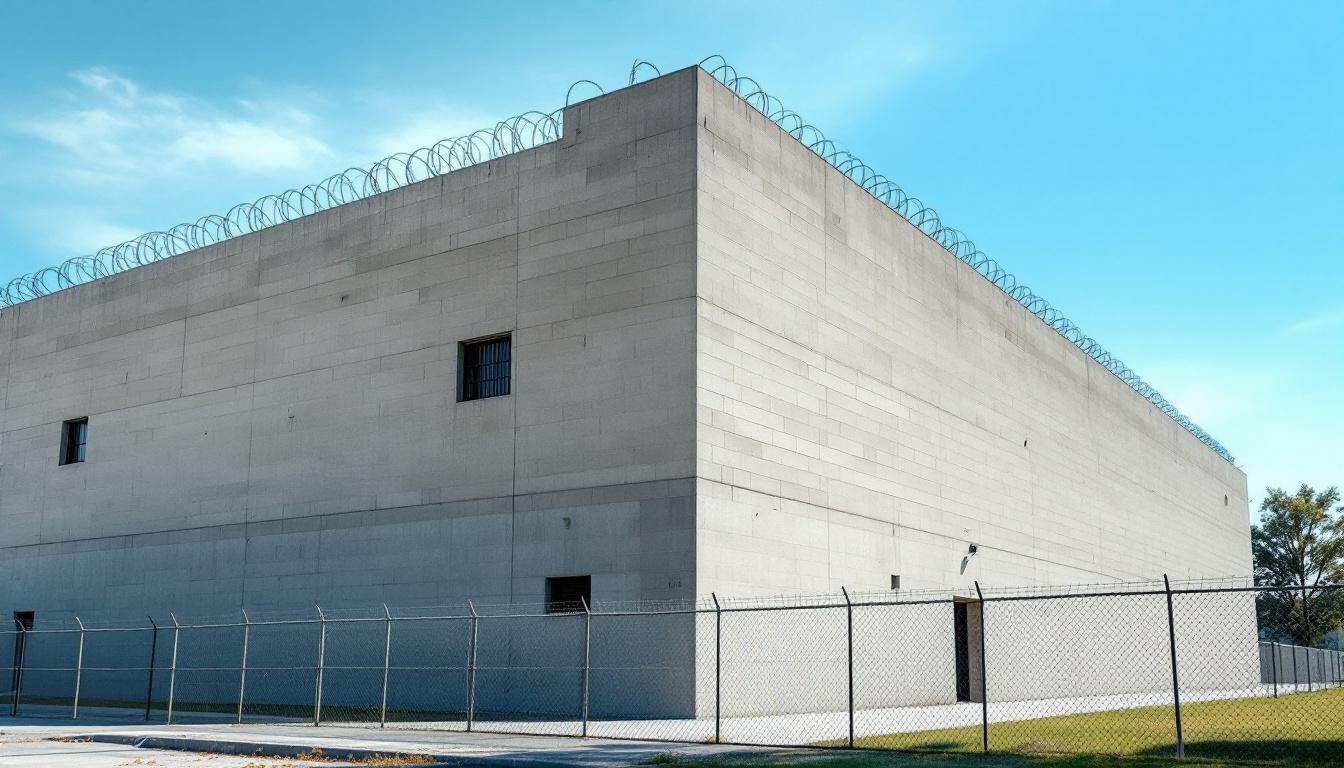
Quick Navigation
How to contact an inmate at Ohio Reformatory for Women
This comprehensive guide will walk you through how to connect with an inmate at Ohio Reformatory for Women. Follow the steps below to find an inmate and send letters and photos:
- Search for the inmate using our search tool below
- Create your account or log in to Penmate
- Write your message (up to 6,000 characters)
- Send instantly - inmates receive printed copies daily
Find an Inmate
Search for an inmate to start communicating today
Tip: You can search by first name, last name, or inmate ID number
To contact a person at Ohio Reformatory for Women start by searching for the person on the official facility website. Perform a search by following these steps:
- Step 1: Enter their first name and last name into the search form and click "Search"
- Step 2: Locate their inmate record
- Step 3: Write down their Inmate ID and any housing information provided
Important! Be sure to enter the person's full name. Nicknames should not be used.
How to Send Messages to Inmates

You can use your phone or computer to send emails, letters, and photos to an inmate. Messages are sent electronically to inmate tablets or kiosks at the facility. If you would like to send a message, start by searching for an inmate at Ohio Reformatory for Women.
Sending Photos and Postcards

A great way to send love and support to a loved one at Ohio Reformatory for Women is to send photos and postcards. It only takes a few minutes to send photos from your phone and it makes a huge difference. You can also mail postcards with words of support and inspiration, or design your own postcard for special moments like birthdays and holidays.
Important! Be sure not to send any explicit photos or they may not be approved by the facility. You can also use a photo printing app like Penmate to make sure your photos are printed at the correct size (4x6 or 3x5) and are mailed according to the rules and regulations of Ohio Reformatory for Women.
Frequently asked questions about Ohio Reformatory for Women
-
How long does it take to deliver a message?
If you're sending an email message your letter is usually delivered within 24-48 hours. For messages sent via mail you should expect delivery within 3-7 days. All messages will need be approved by Ohio Reformatory for Women.
-
How much does it cost to send a message to Ohio Reformatory for Women?
You can send a message free using your phone or mail a message via USPS for the price of a $0.60 stamp and envelope. You can also purchase credits or e-stamps from services starting at $1.99.
-
What services can I use to contact an inmate at Ohio Reformatory for Women?
Penmate
You can use Penmate to send letters and photos to an inmate from your phone. It's an easy way to stay in touch during your loved one's incarceration. Use the inmate locator to find an inmate's location and contact information, then you can send messages within a few minutes.
Securus messaging
Securus may be another option for communicating with an inmate at Ohio Reformatory for Women. You can create a friends and family account and purchase credits to send messages. All messages will be reviewed and must be approved by the facility.
JPay
Some county jails and state prisons may support sending messages with JPay. You must register an account with the system, find your loved one, and purchase stamps to send messages. For some locations you can also attach photos.
Smart Jail Mail
You may also check if Smart Jail Mail is available at Ohio Reformatory for Women. Smart Jail Mail is operated by Smart Communications and has contracted with some state and county jails. After purchasing credits, your messages and photos are sent to the facility, printed out, and then handed out to your loved one.
-
What is the mailing address of Ohio Reformatory for Women?
Mailing address:
Ohio Reformatory for Women
1479 Collins Ave
Marysville, OH 43040
Phone: (937) 642-1065Business hours:
- Monday: 8:00 AM – 8:00 PM
- Tuesday: 8:00 AM – 8:00 PM
- Wednesday: 8:00 AM – 8:00 PM
- Thursday: 8:00 AM – 8:00 PM
- Friday: 8:00 AM – 8:00 PM
- Saturday: 8:00 AM – 8:00 PM
- Sunday: Closed
-
What are the visiting hours at Ohio Reformatory for Women?
Visiting hours at Ohio Reformatory for Women vary by housing unit and security level. Generally, visits are scheduled on weekends and holidays, with some facilities offering weekday visits. Contact the facility directly at (937) 642-1065 or check their website for the current visiting schedule. Visits typically last 30-60 minutes and must be scheduled in advance.
-
What items are prohibited when sending mail to Ohio Reformatory for Women?
Prohibited items typically include: cash, personal checks, stamps, stickers, glitter, glue, tape, staples, paperclips, polaroid photos, musical or blank greeting cards, hardcover books, magazines with staples, and any items containing metal or electronics. Only send letters on plain white paper with blue or black ink. Photos must be printed on regular photo paper (no Polaroids). Always check with Ohio Reformatory for Women for their specific mail policies.
-
How do I send money to an inmate at Ohio Reformatory for Women?
You can send money to an inmate at Ohio Reformatory for Women through several methods: 1) Online using JPay, Access Corrections, or the facility's approved vendor, 2) Money orders mailed directly to the facility with the inmate's name and ID number, 3) Kiosks located in the facility lobby, or 4) Over the phone using a credit or debit card. Fees vary by method, typically ranging from $2.95 to $11.95 per transaction.
-
Can I schedule a video visit with an inmate at Ohio Reformatory for Women?
Many facilities now offer video visitation as an alternative to in-person visits. At Ohio Reformatory for Women, video visits may be available through services like Penmate, Securus Video Connect, GTL, or ICSolutions. Video visits typically cost $10-20 for 20-30 minutes and must be scheduled in advance. You'll need a computer or smartphone with a camera and reliable internet connection. Contact the facility for their specific video visitation policies and approved vendors.
-
What identification do I need to visit an inmate at Ohio Reformatory for Women?
All visitors must present valid government-issued photo identification such as a driver's license, state ID, passport, or military ID. Minors must be accompanied by a parent or legal guardian who can provide the minor's birth certificate. Some facilities require visitors to be on the inmate's approved visitation list, which may require a background check. Contact Ohio Reformatory for Women for specific ID requirements and visitor approval procedures.
-
How can I find out an inmate's release date?
To find an inmate's release date at Ohio Reformatory for Women, you can: 1) Use the online inmate search tool if available, 2) Call the facility's records department, 3) Contact the inmate's case manager or counselor, or 4) Have the inmate provide this information during a call or visit. For privacy reasons, some facilities only release this information to immediate family members.
Facility Overview
Contact Information
Ohio Reformatory for Women1479 Collins Ave
Marysville, OH 43040
Phone: (937) 642-1065
Official Website
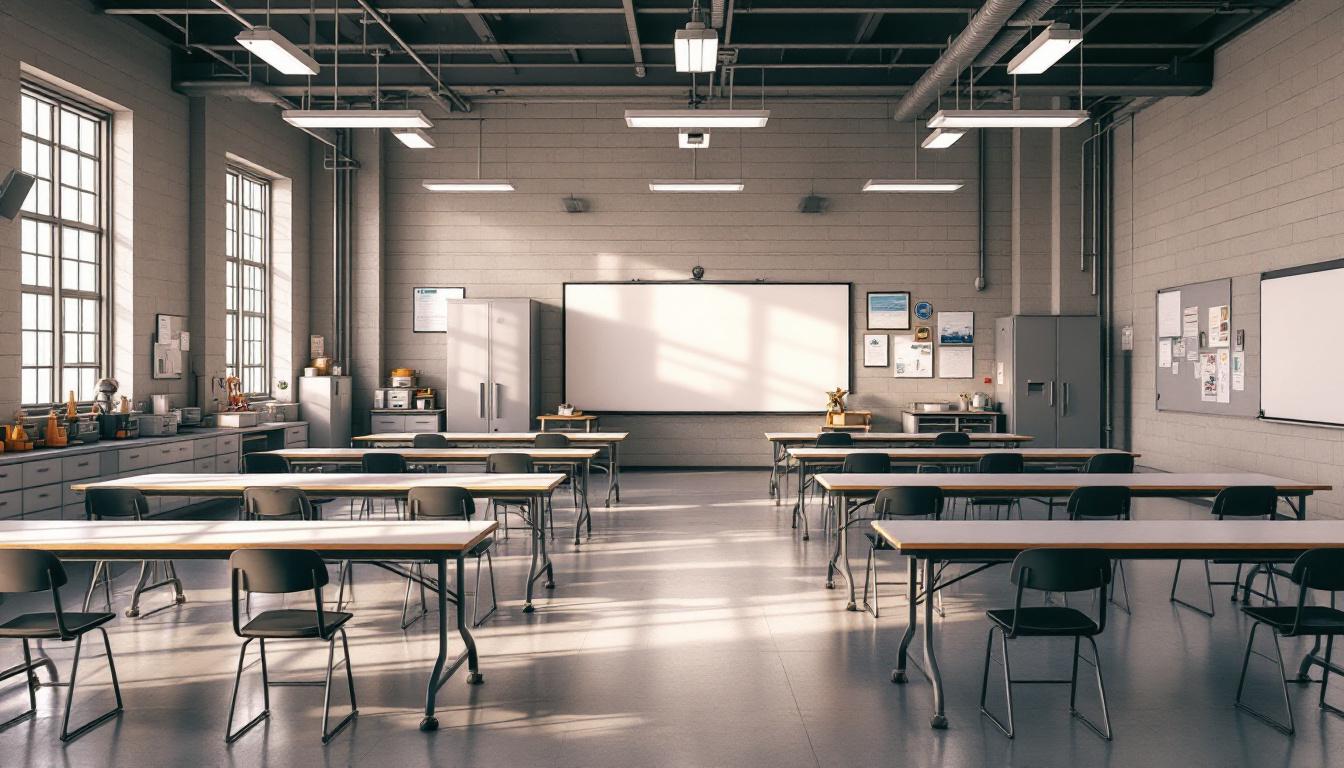
About Ohio Reformatory for Women
Nestled within Mahoning County's urban landscape, the Ohio Reformatory serves Youngstown and surrounding communities as a state correctional facility focused on structured rehabilitation and offender support services. This OH correctional facility typically houses individuals working through various stages of their sentences while participating in programs designed to address underlying factors that may have contributed to their incarceration.
The facility generally emphasizes a comprehensive approach to offender management that may include educational opportunities, vocational training programs, and behavioral intervention services. Residents services often encompass basic healthcare, mental health support, and substance abuse counseling, reflecting the Midwest region's broader commitment to addressing root causes of criminal behavior. The correctional facility typically maintains structured daily routines that balance security requirements with opportunities for personal development and skill-building activities.
Within Ohio's correctional system, this Youngstown facility generally operates under state guidelines while adapting programming to meet the specific needs of its resident population. The approach to rehabilitation often includes preparation for eventual community reintegration, with services that may encompass job readiness training, life skills development, and family communication programs designed to maintain important personal connections during incarceration.
Programs & Services
Rehabilitation at Ohio Reformatory centers on a comprehensive approach that recognizes education and skill development as fundamental pathways to successful reintegration. The facility's philosophy emphasizes that meaningful change occurs when residents have access to structured learning opportunities that address both immediate needs and long-term goals. This multifaceted approach typically combines academic advancement with practical skill building, creating a foundation for residents to develop the tools necessary for productive community participation upon release.
Educational initiatives form the cornerstone of the facility's programming, with literacy programs designed to address varying skill levels among the resident population. These academic offerings may deliver instruction ranging from basic reading and writing skills to more advanced coursework that helps residents work toward their high school equivalency. Moreover, vocational job training initiatives provide hands-on experience in trades that often include construction, maintenance, and technical skills development. These programs typically focus on industry-relevant competencies that can translate directly into employment opportunities, giving residents practical experience while serving their sentences.
Support services extend beyond traditional academics to address the complex factors that often contribute to incarceration. Recovery services may offer structured programming for residents dealing with substance abuse issues, providing both group and individual therapeutic interventions. The facility often includes creative outlets such as music programs, which can serve both as emotional expression and skill development opportunities. Employment readiness initiatives typically prepare residents for job searches and workplace expectations, while specialized training in areas like masonry may deliver specific trade skills. These comprehensive support services work together to address the multiple challenges residents face as they prepare for successful community reentry.
Daily Life & Visitation

Structure defines every moment from wake-up to lights out, creating a predictable framework that many residents find reassuring after periods of uncertainty. Today follows the same careful pattern as yesterday and tomorrow will mirror today, with consistently scheduled meals, work assignments, and programming activities that deliver stability through repetition. Count times punctuate the day at regular intervals, ensuring accountability while allowing residents to anticipate and prepare for each transition.
Living accommodations typically feature shared housing units where residents maintain personal spaces within the facility's security guidelines. Each resident generally receives basic furnishings and storage for approved personal items, with commissary access allowing them to purchase additional necessities and comfort items. Meals are served in designated dining areas at set times, providing balanced nutrition while offering opportunities for social interaction within the structured environment. Moreover, the housing units often include common areas where residents may gather during designated recreation periods.
Work assignments and educational programming form the backbone of productive daily activities, with residents typically participating in facility operations, vocational training, or academic classes. Recreation opportunities usually include access to exercise facilities, outdoor yards, and organized activities that promote physical wellness and social engagement. Whereas the daily routine remains consistent, visitation policies generally allow for regular family contact through scheduled visits and approved communication channels. These connections with loved ones often serve as important motivational factors, helping residents maintain relationships that support their eventual reintegration into the community.
Ready to Connect?
Start communicating with your loved one today
Search for an Inmate
